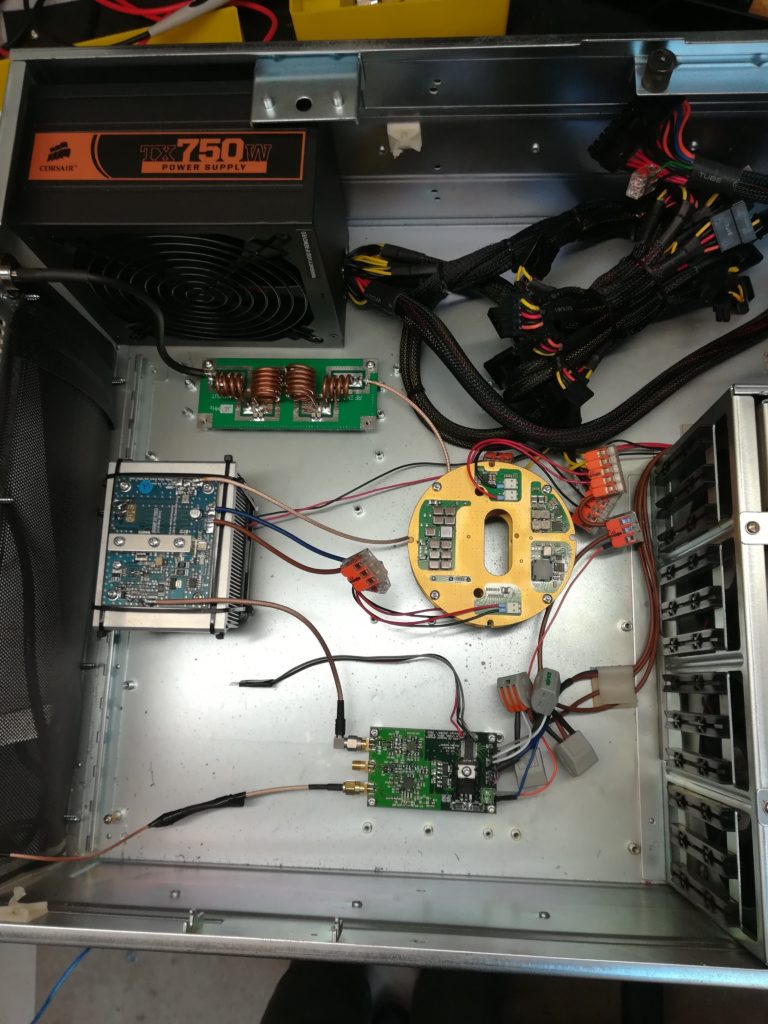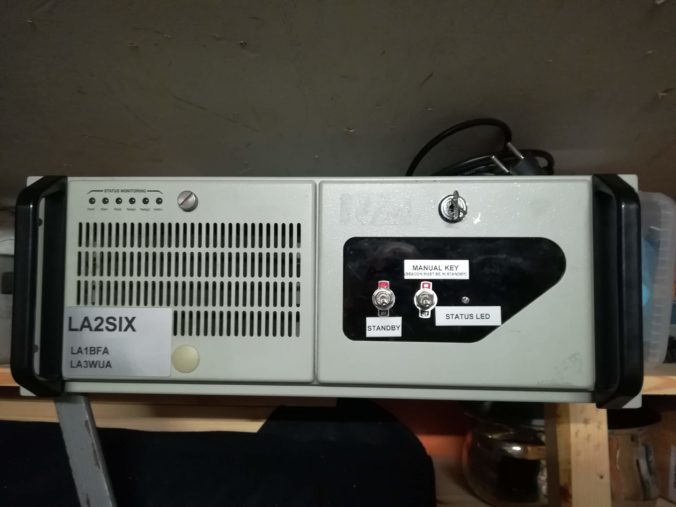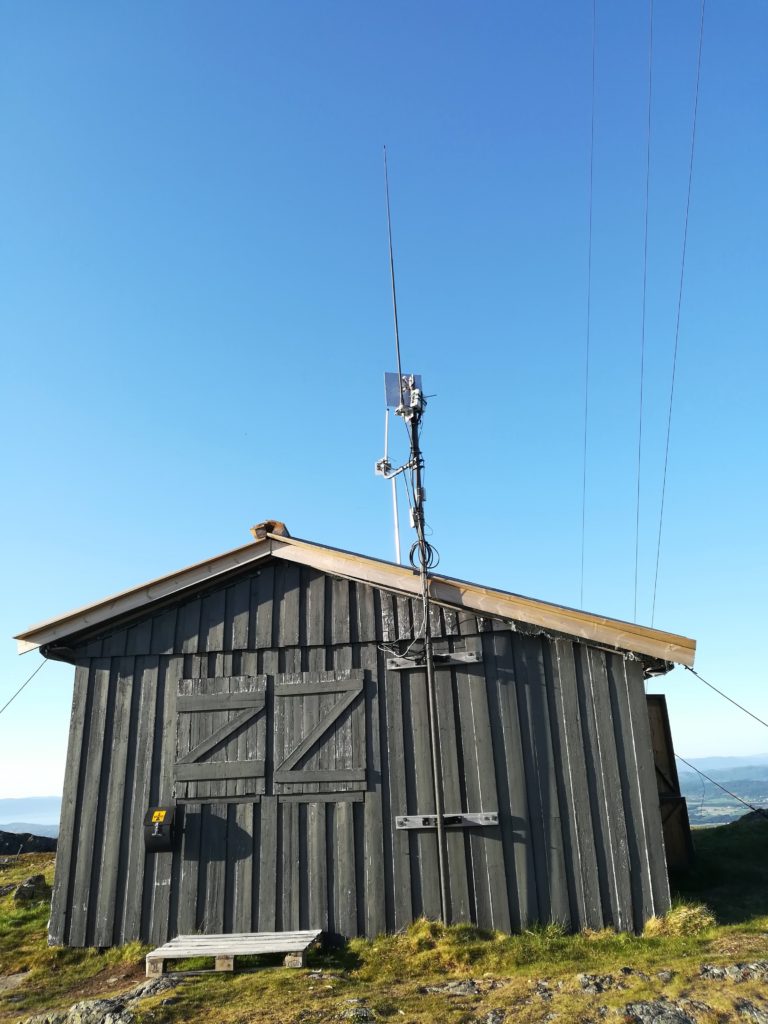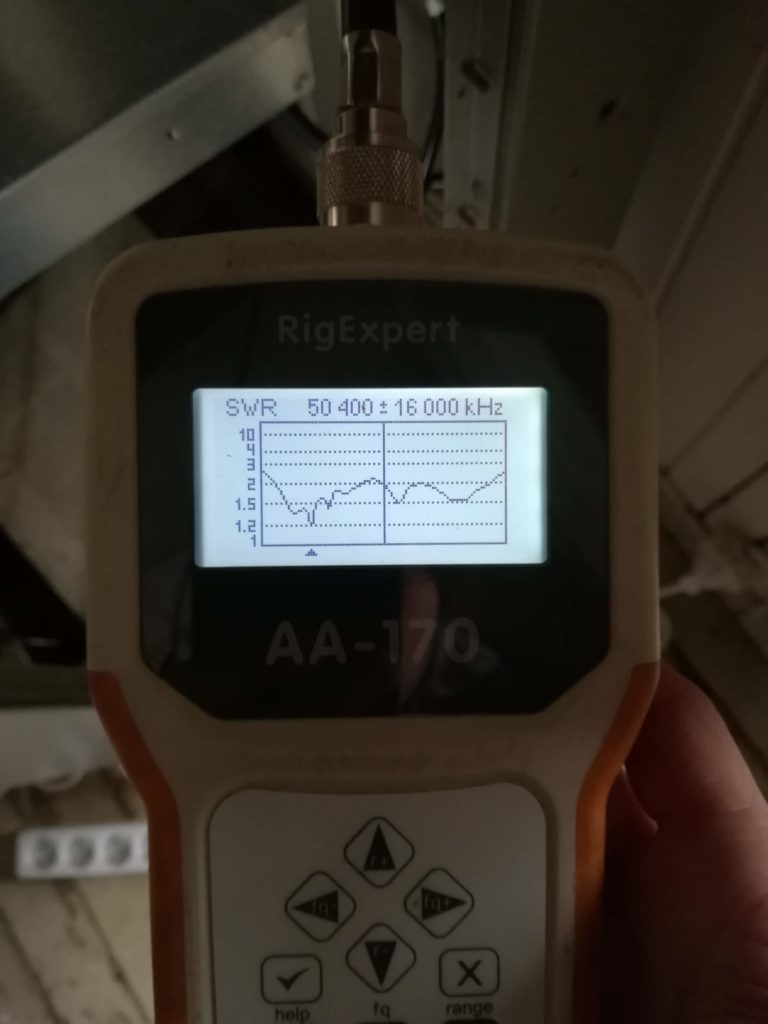The beginning of a new year is a good time to step back and think of the things that will be interesting to work on in the coming months. As long-time readers might be aware, we have a thing for amateur radio beacons. Currently we are very excited by one particular idea: getting early indications on sporadic propagation modes by watching them progress through the lower frequency bands.
One thing we have watched with curiosity is how certain propagation modes have a maximum usable frequency, and how some ionospheric phenomena will cause this frequency to suddenly start creeping upwards. The idea is that by having appropriately placed beacons, we can get an idea of when the bands are open at our location by seeing how they are received either through WebSDRs, or by collecting reports on DX clusters.
Our pipedream is having a beacon bank with beacons covering every 10 MHz from 30 to 80 MHz. This would allow us to do some really interesting statistics such as how often an increase in maximum useable frequency from none to 30 MHz leads to a further increase from 30 MHz to 40 MHz.
This is currently somewhat unlikely – it would take a lot of time to build all the beacons, and many of these frequencies are not within an amateur radio band. There are however movements across the world for licensing in the 40 MHz and 60 MHz bands, so this might not be as far-fetched for the long term as it seems at first glance. For instance, Ireland recently got amateur radio allocations in the 40 MHz and 60 MHz bands and UK and Denmark have approved beacons on 40 MHz previously.
For now we are focusing on the bands we already have access to. As a start, we have our beacons LA2VHF and LA2VHF/4, which cover 144 MHz and 70 MHz, respectively. The natural expansion in Norway is the 6 m band at 50 MHz.
For this blogpost we actually did some work beforehand. The beacon is already finished, and we have applied for the license and frequency allocation. We are hoping to get all the documentation in order by spring/summer, when the conditions at Vassfjellet should allow us to install it. Typically our beacon location is inaccessible during the winter, due to snow covering the mountaintop at which it is situated.

Sneak peek of LA2SIX’s (license pending) innards.
We will come back to the technical details and how we built the beacon in a later blog post.
For the antenna we will use the same vertical that we use for LA2VHF/4, which is a magical superwideband antenna of unknown origin, presumably looted from a military or marine surplus storage.
- Magical wideband vertical (and some other antennas).
- Frequency response of magical vertical.
To use both beacons on the same antenna we will also need to cook up a simple diplexer before summer, so that should be a fun little experiment for a future post.
We have our fingers crossed that we get the paperwork in order, and with some luck we will have LA2SIX in active operation in time for the summer sporadic-E field season.




0 Comments
2 Pingbacks